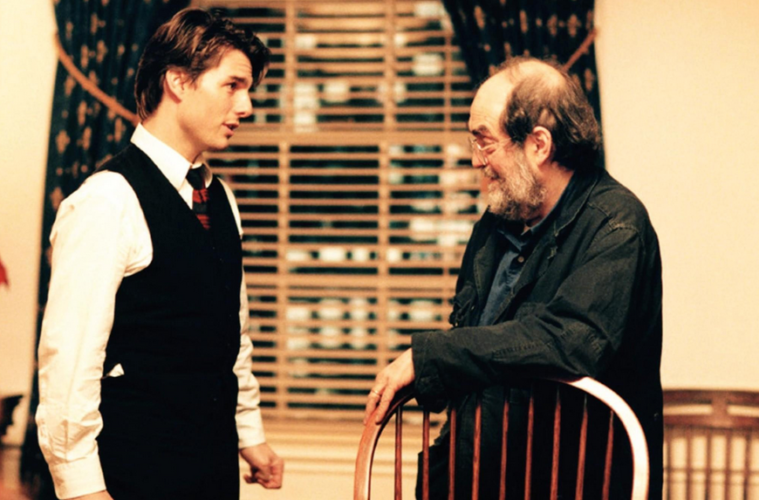
Dailies is a round-up of essential film writing, news bits, and other highlights from across the Internet. If you’d like to submit a piece for consideration, get in touch with us in the comments below or on Twitter at @TheFilmStage.
Time Out talked to 73 actors to compile their 100 top films of all-time, topped by Tootsie:
“I first saw this when I was in fifth grade at a sleepover and it completely changed my life. For me it’s the best directed and acted film of all time. If you want to learn how to act on film, all you have to do is watch Robert De Niro in Taxi Driver.” — Bill Hader
Watch an impressive 3D-rendered tribute to Hayao Miyazaki:
The Brie Larson-led Room will open on October 16th after a TIFF 2015 premiere.
The Guardian‘s Glenn Kenny on why The End of the Tour isn’t really about his friend David Foster Wallace:
In the late fall of 1997, I got a phone call from David Foster Wallace. Wallace had been a model of gentlemanly calm throughout the editing process on his essay about David Lynch for Premiere magazine, where I worked at the time. (It wasn’t until our third session that he stopped calling me “Mr Kenny.”) But now he sounded close to panic. A friend of his, Wallace said, had been listening to an NPR segment about the Noah Baumbach film Mr Jealousy and had heard one of the actors name-check Wallace as an inspiration for the character he played. Wallace was freaked. And he didn’t live near a cinema where the indie film was playing. So he asked me to do him a favour and investigate the situation.
Watch the opening of a restored Hiroshima mon amour, now available on Criterion Blu-ray:
Grantland‘s Amos Barshad on how Eyes Wide Shut changed Tom Cruise‘s career:
At 400 days spread across two years, Eyes Wide Shut clocks in as the longest continuous shoot in movie history. That’s remarkable given that nearly all of the film’s action — including its infamous illuminati sex party centerpiece — largely consists of people walking or sitting or talking. In the last film he would direct, Stanley Kubrick gave full flight to his artistic impulses, in all their manipulative glory. In the name of creative exploration, scenes would be shot again and again and again. The unrelenting production bludgeoned the life force of Kubrick’s star, Tom Cruise, and in the process neutralized the actor’s toothy grin and quelled his insatiable zest. Despite the conditions, Cruise pursued his performance with the same drive that has made him such an indomitable movie star. But this time would be different.
Watch an experiment swapping the soundtracks of Psycho and It Follows:

